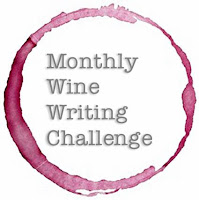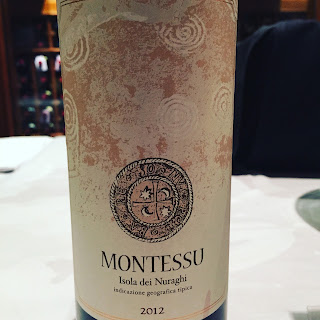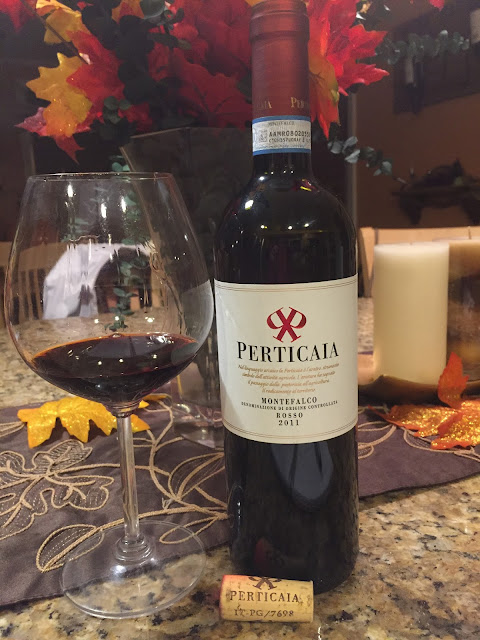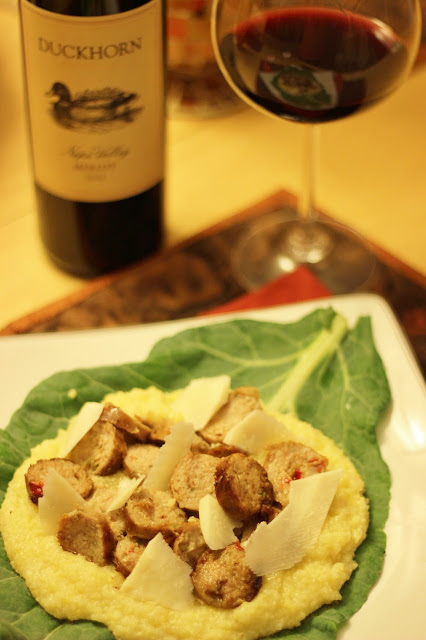Here we go!
Second monthly of participating in the Monthly Wine Writing
Challenge #20 run by Jeff at the Drunken Cyclist. This month's theme, variety, was
selected from last month's winner, Frank
Stero. Being an Italian wine blogger there is plenty of variety
to talk about when it comes to Italian grapes. You would think with
a person like me who doesn't make decisions easily, why would I write
about one of the top winemaking countries in the wine world that has
so much variety? Even a better reason for blogging. There's always
something to write about it, but it obviously goes way deeper than
that. Variety is one of the reasons why I developed a huge love for
the wines of Italy. Italy has hundreds of native indigenous
varietals, plus international grapes as well.
Overwhelmed by variety?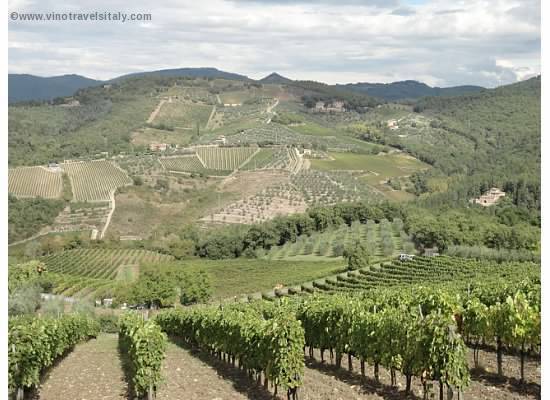 |
| Every where you turn in Italy are vineyards |
Of course to the
average consumer wine can be completely overwhelming when it comes to
navigating yourself through a wine shop, nevermind navigating through
the Italian wine section. At least with California, for example,
folks whom want a chardonnay can walk over to the bottle, see
chardonnay listed on the label and grab it. What they don't realize
they are missing are the bottles of white burgundy from France, some
of the best chardonnay in the world, all because chardonnay is not
written on the label and is just implied by it's geographical
indication. Labels are part of the reason why variety can be
deceiving or tricky. Italy is definitely one of those culprits that
might tell you it's a Rosso from the Valle d'Aosta region of Italy,
but what does that mean? What grapes are in it? The label may state
it's a Barolo from Cannubi, but what grapes make up a barolo wine?
Nebbiolo of course, but maybe not that obvious to the average
consumer. My parents used to be oblivious to that for example, but
I've got them trained up quick!
The many grape varieties of Italy
Of course everyone
knows many of the main varietals in Italy like pinot grigio, prosecco
(even more so now-a-days), sangiovese (although sometimes it seems
people don't reazlie chianti is made of this grape) and maybe even
the nero d'avola grape. What about varietals like susumaniello,
verdicchio, pigato, pelaverga,arneis, catarrato or garganega? You may have had
many of these wines already if you've experimented with Italian wines
and don't even know it.
 |
| Made of Merlot and Cabernet |
 |
| Made of corvina, rondinella and molinara grapes |
What is the best way to learn about all these different wines?
Don't panic!
Embrace the wide variety of grapes offered to you and you may be
surprised that you come across a grape that you've never heard of
that you love. I'm a big fan of wine tastings. I do them as much as
possible myself when I have the opportunity. It's the perfect way
to sample as little as 3-10 wines and as many as 50+ wines at one
event. If you don't like it dump or spit and move on to the next
one. These events are geared to get people to try variety and to
find what you like. One of the best things about wine is that it's
all subjective. As long as you're not rude about it to a wine vendor
or even worse a winemaker himself then it's impossible to feel about
your feelings and personal preferences. As they always say drink
what you like!
I'm always here to
offer any Italian advice so don't hesitate to drop me a mail, leave a
comment or subscribe to my newsletter and learn about the variety
that Italy has to offer.
